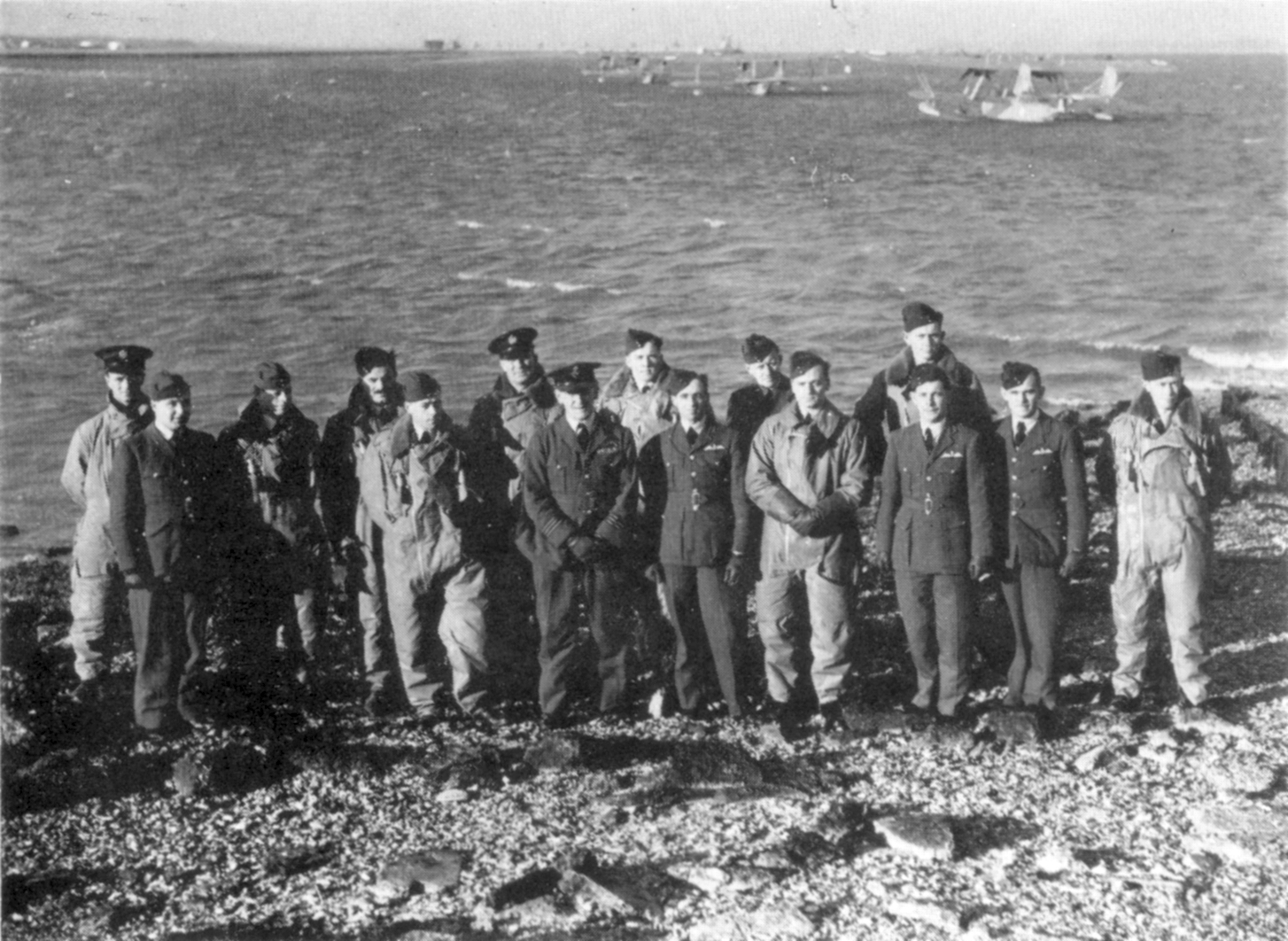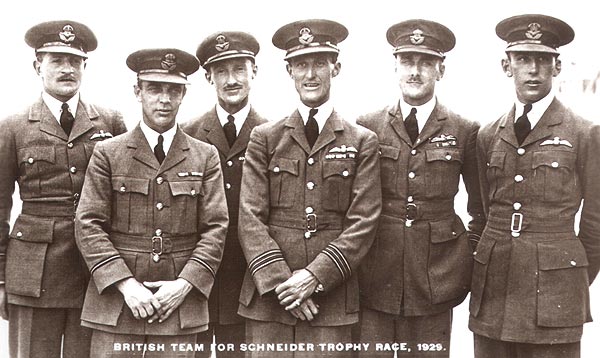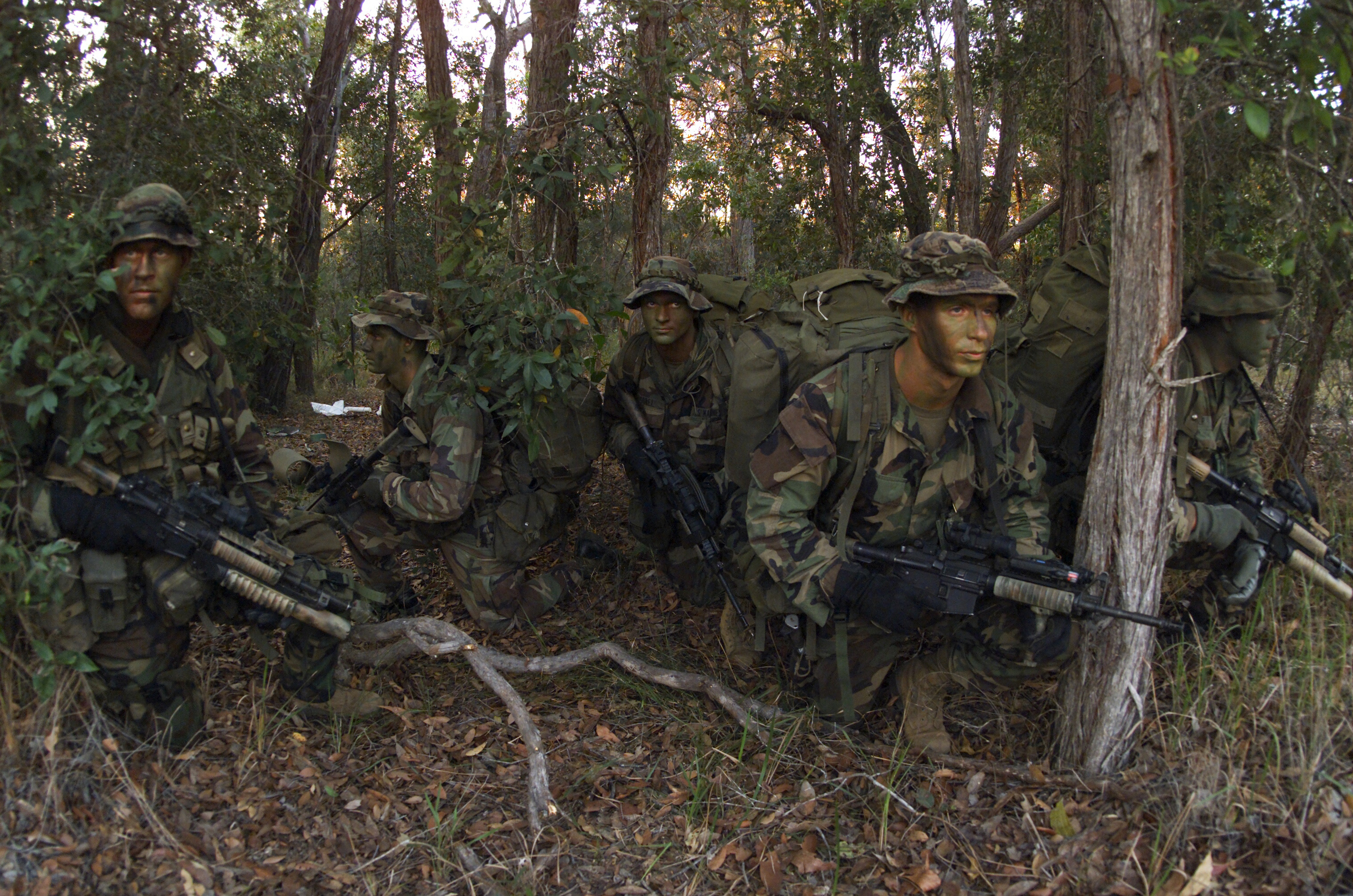|
RAF Calshot
Royal Air Force Calshot or more simply RAF Calshot was initially a seaplane and flying boat station, and latterly a Royal Air Force marine craft maintenance and training unit. It was located at the end of Calshot Spit in Southampton Water, Hampshire, England, at . It was the main seaplane/flying boat development and training unit in the United Kingdom, UK, with the landing area sheltered by the mainland, to the west, north and east, and the Isle of Wight, a few miles away to the south on the other side of the Solent, where seaplanes and flying boats were mass-produced by Saunders-Roe. It closed in 1961. Much of the former base has been preserved, with most of the site now being occupied by the Calshot Activities Centre. Origins The station was originally established on 29 March 1913 by the Royal Flying Corps (RFC), as the RNAS Calshot, Calshot Naval Air Station, for the purpose of testing seaplanes for the RFC Naval wing. The station was taken over by the Royal Naval Air Service ... [...More Info...] [...Related Items...] OR: [Wikipedia] [Google] [Baidu] |
Calshot
Calshot is a coastal village in Hampshire, England, at the west corner of Southampton Water where it joins the Solent.OS Explorer Map, New Forest, Scale: 1:25 000.Publisher: Ordnance Survey B4 edition (2013). History In 1539, Henry VIII ordered the construction of Calshot Castle, at the end of Calshot Spit, to defend the port of Southampton from attack. Its strategic importance continues to the present day, and there is still a military presence in Calshot, though the castle is no longer a manned fort. Calshot is notable for its role in the development of aircraft and flying boats. In 1913 the Royal Flying Corps established Calshot Naval Air Station (later known as RNAS Calshot and RAF Calshot) at the end of Calshot Spit. It was also at one point home to Lawrence of Arabia. Calshot Lifeboat Station was established in 1970 by the RNLI. Relationship with Tristan da Cunha Following a volcanic eruption in 1961, the population of the Tristan da Cunha islands was evacuate ... [...More Info...] [...Related Items...] OR: [Wikipedia] [Google] [Baidu] |
Royal Flying Corps
The Royal Flying Corps (RFC) was the air arm of the British Army before and during the First World War until it merged with the Royal Naval Air Service on 1 April 1918 to form the Royal Air Force. During the early part of the war, the RFC supported the British Army by artillery co-operation and photographic reconnaissance. This work gradually led RFC pilots into aerial battles with German pilots and later in the war included the strafing of enemy infantry and emplacements, the bombing of German military airfields and later the strategic bombing of German industrial and transport facilities. At the start of World War I the RFC, commanded by Brigadier-General Sir David Henderson, consisted of five squadrons – one observation balloon squadron (RFC No 1 Squadron) and four aeroplane squadrons. These were first used for aerial spotting on 13 September 1914 but only became efficient when they perfected the use of wireless communication at Aubers Ridge on 9 May 1915. Ae ... [...More Info...] [...Related Items...] OR: [Wikipedia] [Google] [Baidu] |
High Speed Flight RAF
The RAF High Speed Flight, sometimes known as '' 'The Flight' '', was a small flight (military unit), flight of the Royal Air Force (RAF) formed for the purpose of competing in the Schneider Trophy contest for air racing, racing seaplanes during the 1920s. The flight was together only until the trophy was won outright, after which it was disbanded. Background In the Schneider Trophy race of 1926 both competing countries, Italy and the United States, had used military pilots. There had not been time to arrange a British team to compete. The British defeat of 1925 was held to be the result of technical inferiority and lack of organisation."Supermarine S.5: 1927 Schneider Trophy - Venice, Italy." ''Racing Campbells.'' Re ... [...More Info...] [...Related Items...] OR: [Wikipedia] [Google] [Baidu] |
Bering Island
Bering Island () is located off the Kamchatka Peninsula in the Bering Sea. Description At long by wide, it is the largest and westernmost of the Commander Islands, with an area of . Most of Bering Island and several of the smaller islands in their entirety are now part of the Komandorsky Zapovednik nature preserve. Bering Island is treeless, desolate and experiences severe weather, including high winds, persistent fog and earthquakes. It had no year-round human residents until roughly 1826. Now, the village of Nikolskoye is home to 800 people, roughly three hundred of them identifying as Aleuts. The island's small population is involved mostly in fishing. off Bering Island's western shore lies small Toporkov Island (Ostrov Toporkov) . It is a round island with a diameter of . History In 1741 Commander Vitus Bering, sailing in ''Svyatoy Pyotr'' (''St. Peter'') for the Russian Navy, was shipwrecked and died of scurvy on Bering Island, along with 28 of his men. His shi ... [...More Info...] [...Related Items...] OR: [Wikipedia] [Google] [Baidu] |
Burma
Myanmar, officially the Republic of the Union of Myanmar; and also referred to as Burma (the official English name until 1989), is a country in northwest Southeast Asia. It is the largest country by area in Mainland Southeast Asia and has a population of about 55 million. It is bordered by India and Bangladesh to its northwest, China to its northeast, Laos and Thailand to its east and southeast, and the Andaman Sea and the Bay of Bengal to its south and southwest. The country's capital city is Naypyidaw, and its largest city is Yangon (formerly Rangoon). Early civilisations in the area included the Tibeto-Burman-speaking Pyu city-states in Upper Myanmar and the Mon kingdoms in Lower Myanmar. In the 9th century, the Bamar people entered the upper Irrawaddy valley, and following the establishment of the Pagan Kingdom in the 1050s, the Burmese language and culture and Theravada Buddhism slowly became dominant in the country. The Pagan Kingdom fell to Mongol invas ... [...More Info...] [...Related Items...] OR: [Wikipedia] [Google] [Baidu] |
Sittwe
Sittwe (, ), formerly Akyab (), is the capital of Rakhine State, Myanmar (Burma). Sittwe is located on an estuarial island created at the confluence of the Kaladan, Mayu, and Lay Mro rivers emptying into the Bay of Bengal. As of 2019 the city has an estimated population of over 120,000 inhabitants. It is the administrative seat of Sittwe Township and Sittwe District. Names The name Sittwe () is derived from the Burmese pronunciation of Arakanese , meaning "the place where the war meets". When the Burmese king Bodawpaya invaded the Mrauk U Kingdom in 1784, the Rakhine defenders encountered the Burmese force at the mouth of Kaladan river. In the ensuing battle, which was waged on both land and water, the Mrauk U forces were defeated. The place where the battle occurred came to be called ''Saittwe'' by the Rakhine and then as ''Sittwe'' by the Burmese. The name was initially anglicized as ''Tset-twe'' and ''Site-tway''. The colonial name Akyab () derived from the town ... [...More Info...] [...Related Items...] OR: [Wikipedia] [Google] [Baidu] |
Vickers Viking
The Vickers Viking was a British single-engine amphibious aircraft designed for military use shortly after World War I. Later versions of the aircraft were known as the Vickers Vulture and Vickers Vanellus. Design and development Research on Vickers' first amphibious aircraft type began in December 1918 with tests of alternative fuselage/hull designs occurring in an experimental tank at St Albans in Hertfordshire, England. A prototype, registered G-EAOV, was a five-seat cabin biplane with a pusher propeller driven by a Rolls-Royce Falcon water-cooled V 12 engine. Sir John Alcock died taking this aircraft to the Paris exhibition on 18 December 1919, whilst trying to land at Côte d'Evrard, near Rouen, Normandy in foggy weather.Andrews and Morgan 1988, pp. 112–113. The next example, G-EASC, known as the Viking II, had a greater wing span and a 360 hp Rolls-Royce Eagle VIII motor. The Viking III machine, piloted by Captain Stan Cockerell, won first prize in the a ... [...More Info...] [...Related Items...] OR: [Wikipedia] [Google] [Baidu] |
Reconnaissance
In military operations, military reconnaissance () or scouting is the exploration of an area by military forces to obtain information about enemy forces, the terrain, and civil activities in the area of operations. In military jargon, reconnaissance is abbreviated to ''recce'' (in British, Canadian, Australian English) and to ''recon'' (in American English), both derived from the root word ''reconnoitre'' / ''reconnoitering''. The types of reconnaissance include patrolling the local area of operations and long-range reconnaissance patrols, which are tasks usually realized in the United States of America by U.S. Army Rangers, cavalry scouts, and military intelligence specialists, using navy ships and submarines, Aerial reconnaissance, reconnaissance aircraft, satellites to collect raw intelligence; and establishing observation posts. Moreover, espionage is different from reconnaissance, because spies work as civilians in enemy territory. Etymology The word is derived from the ... [...More Info...] [...Related Items...] OR: [Wikipedia] [Google] [Baidu] |
Felixstowe F
Felixstowe ( ) is a port town and civil parish in the East Suffolk district, in the county of Suffolk, England. The estimated population in 2017 was 24,521. The Port of Felixstowe is the largest container port in the United Kingdom. Felixstowe is approximately northeast of London. History There are competing theories as to how the name of Felixstowe arose. One is that the town is named after Felix of Burgundy, a saint and the first bishop of the East Angles in the seventh century, although this is unlikely as the name Felixstowe is not recorded for almost 900 years. An alternative etymology is from the Anglo-Saxon or Old English name "Filicia" and "stōw", meaning a place of location. Literally Filicia's place. The earliest recorded names "Filchestou" from 1254, and "Filchestowe" in 1291 support this idea. It is possible that the later reworking of Filicia/Filche was made with the intention of referencing Felix of Burgundy. The old Felixstowe hamlet was centred on a pub and c ... [...More Info...] [...Related Items...] OR: [Wikipedia] [Google] [Baidu] |
Calshot Plaque
Calshot is a coastal village in Hampshire, England, at the west corner of Southampton Water where it joins the Solent.OS Explorer Map, New Forest, Scale: 1:25 000.Publisher: Ordnance Survey B4 edition (2013). History In 1539, Henry VIII ordered the construction of Calshot Castle, at the end of Calshot Spit, to defend the port of Southampton from attack. Its strategic importance continues to the present day, and there is still a military presence in Calshot, though the castle is no longer a manned fort. Calshot is notable for its role in the development of aircraft and flying boats. In 1913 the Royal Flying Corps established Calshot Naval Air Station (later known as RNAS Calshot and RAF Calshot) at the end of Calshot Spit. It was also at one point home to Lawrence of Arabia. Calshot Lifeboat Station was established in 1970 by the RNLI. Relationship with Tristan da Cunha Following a volcanic eruption in 1961, the population of the Tristan da Cunha islands was evacu ... [...More Info...] [...Related Items...] OR: [Wikipedia] [Google] [Baidu] |
Calshot Officer's Mess-1
Calshot is a coastal village in Hampshire, England, at the west corner of Southampton Water where it joins the Solent.OS Explorer Map, New Forest, Scale: 1:25 000.Publisher: Ordnance Survey B4 edition (2013). History In 1539, Henry VIII ordered the construction of Calshot Castle, at the end of Calshot Spit, to defend the port of Southampton from attack. Its strategic importance continues to the present day, and there is still a military presence in Calshot, though the castle is no longer a manned fort. Calshot is notable for its role in the development of aircraft and flying boats. In 1913 the Royal Flying Corps established Calshot Naval Air Station (later known as RNAS Calshot and RAF Calshot) at the end of Calshot Spit. It was also at one point home to Lawrence of Arabia. Calshot Lifeboat Station was established in 1970 by the RNLI. Relationship with Tristan da Cunha Following a volcanic eruption in 1961, the population of the Tristan da Cunha islands was evacuated ... [...More Info...] [...Related Items...] OR: [Wikipedia] [Google] [Baidu] |
RAF Personnel At Calshot In 1936
The Royal Air Force (RAF) is the air and space force of the United Kingdom, British Overseas Territories and Crown Dependencies. It was formed towards the end of the First World War on 1 April 1918, on the merger of the Royal Flying Corps (RFC) and the Royal Naval Air Service (RNAS). Following the Allied victory over the Central Powers in 1918, the RAF emerged as the largest air force in the world at the time. Since its formation, the RAF has played a significant role in British military history. In particular, during the Second World War, the RAF established air superiority over Nazi Germany's Luftwaffe during the Battle of Britain, and led the Allied strategic bombing effort. The RAF's mission is to support the objectives of the British Ministry of Defence (MOD), which are to "provide the capabilities needed to ensure the security and defence of the United Kingdom and overseas territories, including against terrorism; to support the Government's foreign policy objectives ... [...More Info...] [...Related Items...] OR: [Wikipedia] [Google] [Baidu] |







